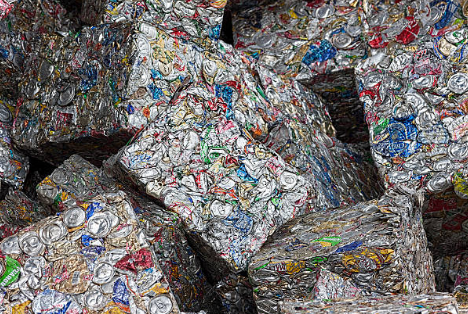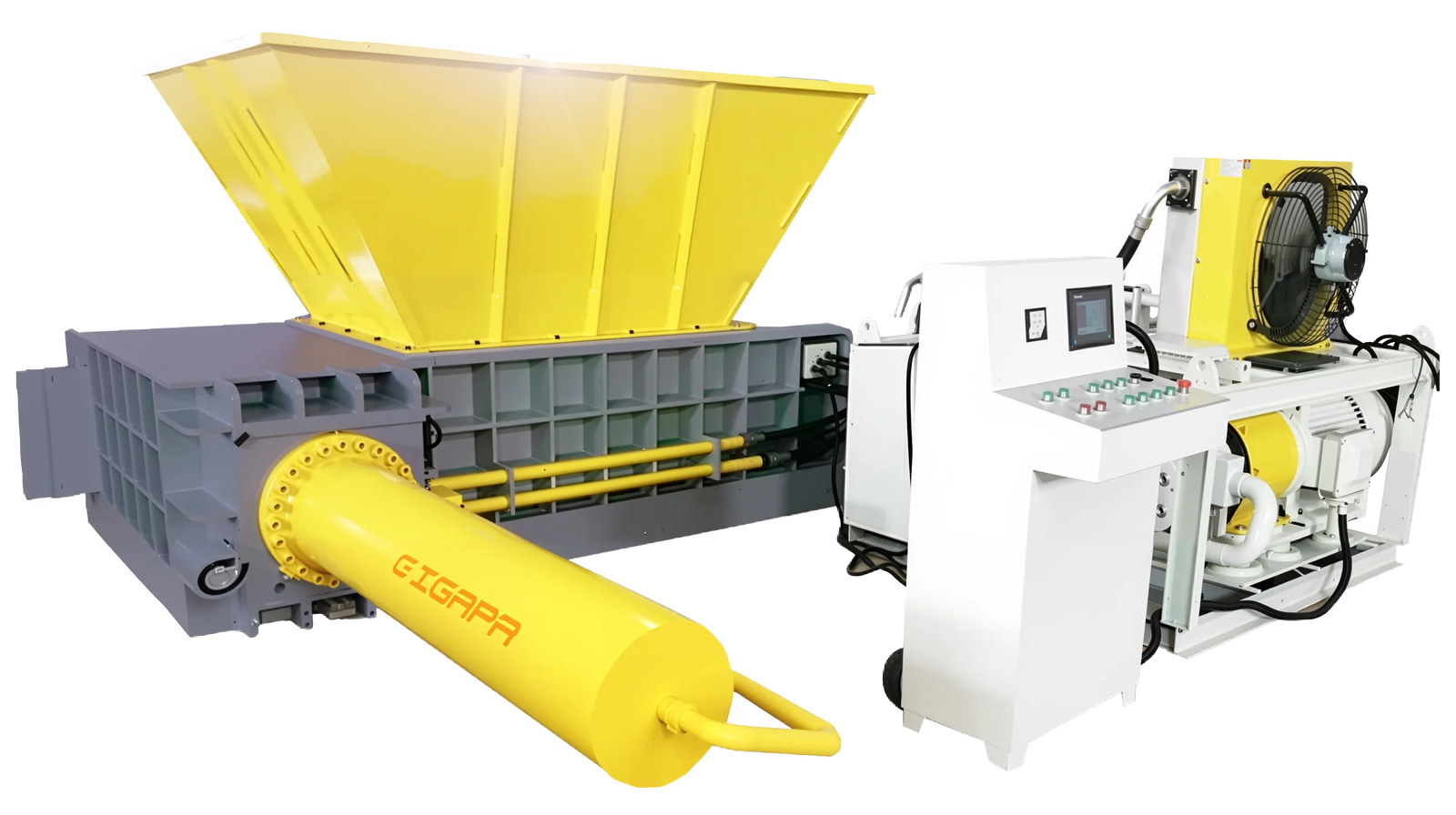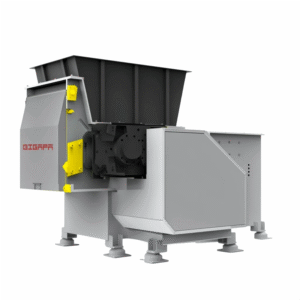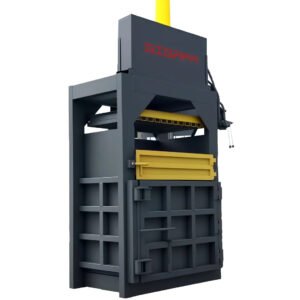Aluminum Recycling Is Booming
In today’s world, recycling has become more than just a trend — it’s a necessity. According to the International Aluminium Institute (IAI), over 75% of all aluminum ever produced is still in use today thanks to effective recycling practices. With the global demand for sustainable materials increasing, the aluminum recycling industry is projected to grow by 8% annually through 2030.
One key technology driving this growth is the aluminum can baler, a machine designed to compress loose aluminum cans into dense, manageable bales for easier storage, transportation, and re-melting. As governments and corporations push for higher recycling rates, investing in an efficient aluminum can baler has become essential for scrap yards, recycling plants, and metal processing facilities worldwide.

What Is an Aluminum Can Baler?
An aluminum can baler is a specialized type of metal baling machine that compacts used aluminum beverage cans into uniform bales. These bales significantly reduce the volume of scrap metal — typically by up to 80–90% — making handling and transport more efficient.
While smaller vertical balers are common in small recycling centers, industrial-grade continuous metal balers are designed for large-scale operations that handle high volumes of aluminum, steel, or copper scrap. These machines are the backbone of modern recycling facilities.
How Does an Aluminum Can Baler Work? Step-by-Step Process
1. Feeding the Material
The process begins when loose aluminum cans are loaded into the feeding hopper. Depending on the model, this can be done manually or via a conveyor system.
Continuous balers, like the Continuous Metal Baling Machine, allow for constant feeding without interruptions, maximizing efficiency.
2. Compression and Compaction
Once inside the chamber, the cans are pressed by a powerful hydraulic system. The hydraulic cylinder applies several tons of pressure, compacting the lightweight cans into dense metal blocks.
The machine’s hydraulic control system ensures even pressure throughout the compression cycle, producing consistent bale density.
3. Automatic Baling and Ejection
After the compression stage, the machine automatically ties or ejects the compacted bale.
In continuous baling systems, this happens seamlessly — while one bale is being ejected, the next batch of cans is already being compressed. This minimizes downtime and keeps the workflow smooth.
4. Bale Collection and Storage
The final aluminum bales are uniform in size and density, typically weighing 20–30 kg each for small balers, or hundreds of kilograms for industrial models. These bales are easy to stack, store, and transport to smelting facilities, where they are melted down and reused in new aluminum products.
Key Features of a Continuous Aluminum Can Baler
The Continuous Metal Baling Machine represents the latest evolution in baler technology. Below are its standout features:
⚙️ Continuous Operation:
Allows for non-stop feeding and compression, ideal for facilities processing tons of metal scrap daily.
🔋 High Efficiency:
Reduces manual labor, energy consumption, and operational downtime.
🧱 Excellent Bale Density:
Produces uniform bales that save space and reduce logistics costs.
🏗️ Heavy-Duty Construction:
Built with wear-resistant steel and industrial-grade hydraulic systems to ensure long service life.
🧠 Automated Control System:
Advanced PLC controls improve accuracy, safety, and production monitoring.
Benefits of Using an Aluminum Can Baler
Reduced Storage Space:
By compressing loose cans, facilities can store 5–10 times more material in the same area.
Lower Transportation Costs:
Compact bales require fewer trips, cutting fuel and logistics expenses.
Higher Recycling Profits:
Processed bales have higher resale value and are easier to sell to smelters or recycling plants.
Improved Safety:
Containing cans during compression minimizes risk of spillage and workplace hazards.
Sustainability and Environmental Impact:
Aluminum recycling saves 95% of the energy needed to produce new aluminum — a huge win for the environment.

Applications of Aluminum Can Balers
Aluminum can balers are widely used in:
♻️ Recycling centers and scrap yards
🏭 Metal processing plants
🧃 Beverage can collection facilities
🚢 Waste management companies and ports
These machines are especially popular in countries with well-developed recycling systems such as Germany, the United States, Japan, and South Korea, where high-volume metal recovery is a major industry focus.
Choosing the Right Aluminum Can Baler
When selecting an aluminum can baler for your business, consider the following:
Material Type & Volume:
Are you processing only aluminum cans or mixed metal scrap?
Operation Mode:
Choose between vertical, horizontal, or continuous balers based on throughput needs.
Automation Level:
Continuous balers offer the highest automation and least manual intervention.
Available Space & Power Supply:
Ensure your site can support the machine’s footprint and hydraulic power requirements.
If you handle large quantities of aluminum or other non-ferrous metals, a Continuous Metal Baling Machine provides the most cost-effective and efficient solution.
Conclusion: The Future of Aluminum Recycling Starts with Efficient Baling
As global aluminum consumption continues to grow, automation and efficiency will define the next generation of recycling systems.
An aluminum can baler is more than just a compaction machine — it’s a strategic investment that reduces operational costs, improves recycling output, and supports environmental sustainability.
With the Continuous Metal Baling Machine, recyclers can achieve continuous processing, higher bale density, and lower energy use — paving the way toward a cleaner, circular economy.




-200x45.png)